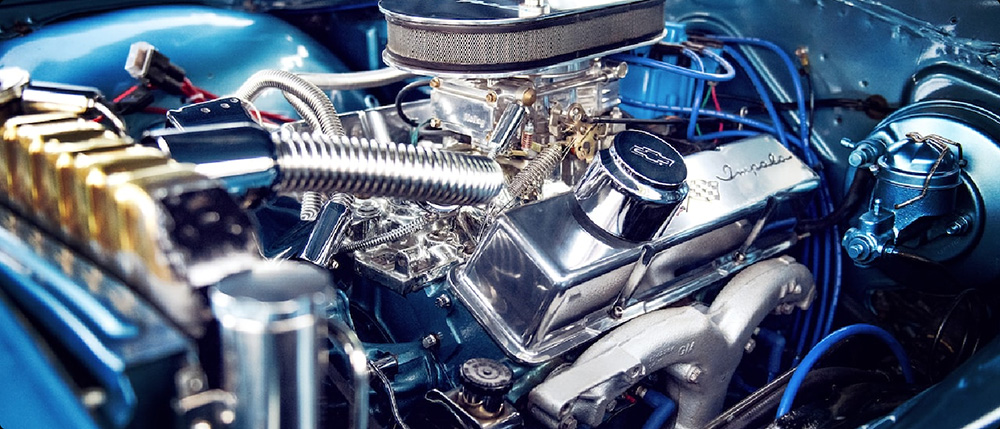part 1:
Imagine having a tiny, agile muscle at your fingertips—something small enough to fit into a compact robot, yet powerful enough to carry out precise movements. Welcome to the world of the 9-gram (9g) servo motor, a marvel of miniaturization and efficiency. Whether you're a hobbyist, an educator, or a professional engineer, understanding the datasheet of these miniature servos is key to unlocking their full potential.

Think of the datasheet as the superhero’s manual—detailing their strengths, limitations, and secret powers. It’s the blueprint that reveals everything from electrical specifications to mechanical parameters. For the 9g servo, which is typically a standard-sized servo adapted into a petite form, this document becomes your compass in navigating its capabilities.
The core of any 9g servo datasheet is its electrical specifications. Usually, this includes voltage range, stall torque, no-load speed, operating current, and stall current. Most 9g servos operate at a voltage between 4.8V to 6V, making them battery-friendly and suitable for portable applications. The nominal voltage often cited is 4.8V, aligning with common AA batteries and rechargeable Li-Po packs.
The stall torque—the maximum force the servo can exert—is typically around 1.5 to 2 kg/cm (that’s kilogram centimeters). This measure hints at how much weight the servo can move or hold against resistance. For hobby projects, this is usually sufficient for small arms, camera gimbals, or tiny robotic joints, but it’s worth noting that these figures can vary slightly depending on the manufacturer.
Speed, another critical metric in the datasheet, indicates how fast the servo can rotate from 0° to 60° or full 180°. For a standard 9g servo, typical no-load speeds hover around 0.12 to 0.20 seconds per 60°. This means it can make quick, responsive movements in many applications, but it’s not designed for high-speed industrial tasks.
Beyond the electrical roadmap, the datasheet delves into mechanical details. The size and weight—roughly 23 x 12.2 x 29 mm and approximately 9 grams—highlight why these tiny servos are so popular in compact projects. The small size allows integration into tight spaces, like drones, robotic hands, or wearable tech.
A critical aspect of datasheets lies in the control signal specifications. Most 9g servos use Pulse Width Modulation (PWM) signals, typically ranging from 500 to 2500 microseconds, to set their positions. For hobbyists, understanding these PWM ranges is vital for programming precise movements, especially when synchronizing multiple servos for complex kinematics.
Temperature tolerance and durability are also documented. Servos are generally rated to operate within 0°C to 50°C, with some variants capable of handling slightly wider ranges. Given the tiny size, heat dissipation can be an issue if servos are overdriven—so always consult the datasheet’s recommendations on continuous operation and overload limits.
But what truly makes the datasheet fascinating is the connector layout and power considerations. The typical 9g servo comes with a three-wire interface: power (usually red), ground (black or brown), and signal (orange or white). Proper wiring and power supply are crucial; delivering inconsistent voltage or current can lead to jittery movements or even damage.
In hobby projects, many DIY enthusiasts overlook the importance of understanding stalling current—a key parameter often listed in the datasheet. It indicates the maximum current drawn when the servo is holding or trying to turn against an obstacle. Supplying a power source that can’t meet this demand may cause voltage drops, resulting in sluggish or erratic behavior. Hence, selecting a robust enough power supply, as detailed in the datasheet, becomes essential.
Another subtle yet significant aspect is gear material and design—most 9g servos use plastic gears to keep weight minimal; however, this can influence durability and performance. Some datasheets specify the gear strength and recommend light loads for longevity. Heavy-duty applications might require more robust variants with metal gears.
Now, with this foundational knowledge from the datasheet, how can you leverage it effectively? Whether customizing a drone’s control system, developing a robotic arm, or crafting an animated art piece, the key is to interpret these specifications to match your project needs.
In the next part, we’ll explore how to practically select the right 9g servo for your application, decode the detailed signals in the datasheet, troubleshoot common issues, and unlock tips to extend the lifespan of your tiny yet mighty servo motors.
Part 2 will continue in the next message, diving deeper into usage strategies, practical insights, and advanced considerations.
Established in 2005, Kpower has been dedicated to a professional compact motion unit manufacturer, headquartered in Dongguan, Guangdong Province, China.




































